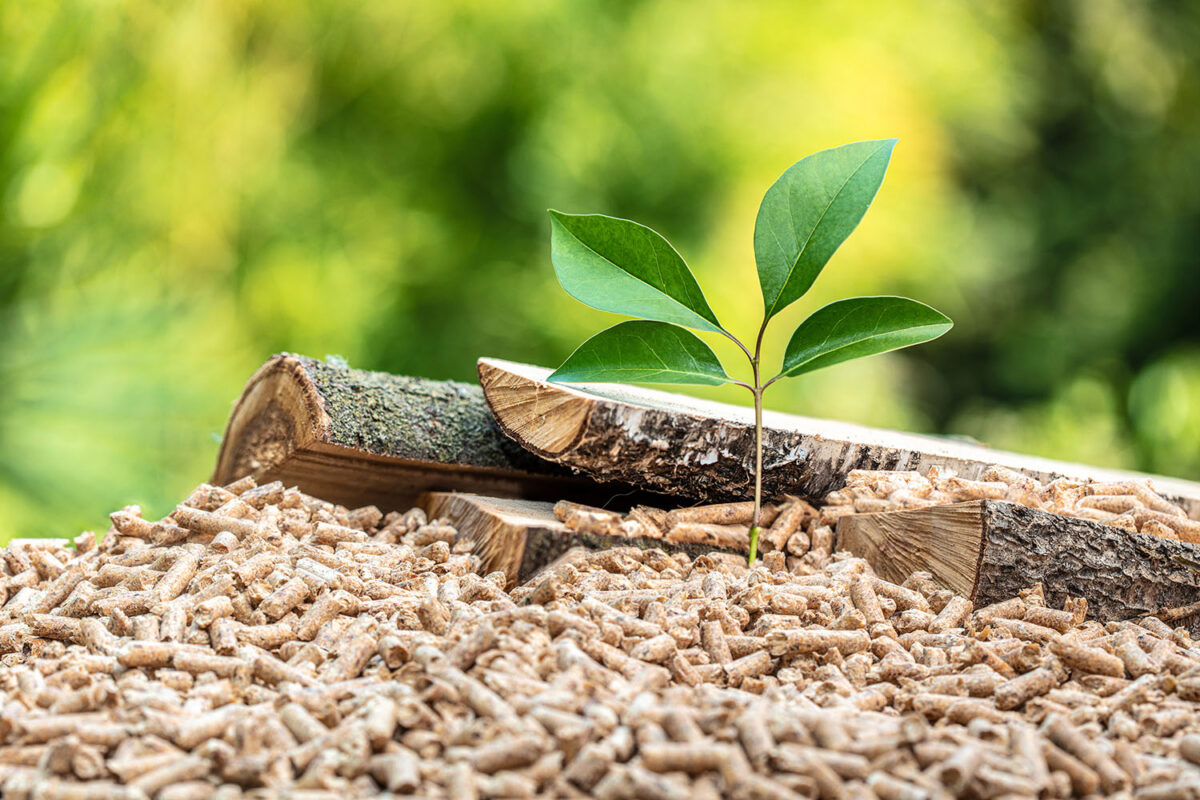Embracing Sustainability With Bio-based Flame Retardants

Companies worldwide are gathering efforts to develop flame retardant systems based on renewable sources providing an eco-friendly alternative to halogenated flame retardants.
Bio-Based Flame Retardants as a Promising Alternative for Fire Safety
Halogenated Flame Retardants are known to have negative impacts on the environment and adverse health effects. Moreover, their presence as additives in plastic products usually adds difficulties in their recycling processes. Therefore, many countries have acted to ban or voluntarily phase out some of these additives. In response to this challenge, the scientific community is transitioning to develop alternative flame retardants, including those based on renewable sources (bio-based), which are eco-friendly, low-cost, and highly available. Additives with flame-retardant properties, such as phosphorus-based compounds, can chemically modify carbon sources like cellulose, chitosan, and lignin. This results in the successful design of intumescent flame retardants for use in many applications.
You can also read: Next-Gen Flame Retardants: Hydrogels & Aerogels
Emerging Initiatives in the Market
In 2023, Bio-based Flame Retardants began to materialize in the market exposing the interest of numerous producers worldwide in more sustainable solutions. Two significant projects have initiated efforts to develop commercial production of Bio-based Flame Retardants. In the THERMOFIRE project, twelve stakeholders including Arkema are developing innovative composites that are bio-based and recyclable, and that exhibit enhanced mechanical properties and fire resistance. Also, it will obtain bio-based polymers and reinforce them with Bio-based Flame Retardants and natural fibers. The idea is to test different natural fibers such as cellulose and flax, using various Fire, Smoke, and Toxicity retardants and Polyamide (PA 11) formulations. Finally, the project will test the flame-retardant properties of the different composites. The project team will design the composites for use in the textile, automotive, and aerospace industries

Bio-Based Flame Retardants as a promising alternative for fire safety.
Likewise, a consortium of 13 collaborators is involved in a project funded by the EU. COUNTLESS project proposes an efficient lignin depolymerization process to break it into smaller molecules to use it as a source for building blocks that can be convenient in different market areas. This project must overcome certain challenges, even though lignin is the second most abundant renewable biopolymer on earth and has potential uses. The primary challenge is that only about 1-2% of the annual lignin production undergoes chemical conversion for material use.
These initiatives worldwide represent a proactive response to the environmental challenges existing nowadays. This will provide advanced and responsible solutions related to flame retardant production. Certainly, Bio-based Flame Retardants are ready to lead the transition to sustainable flame retardants.
